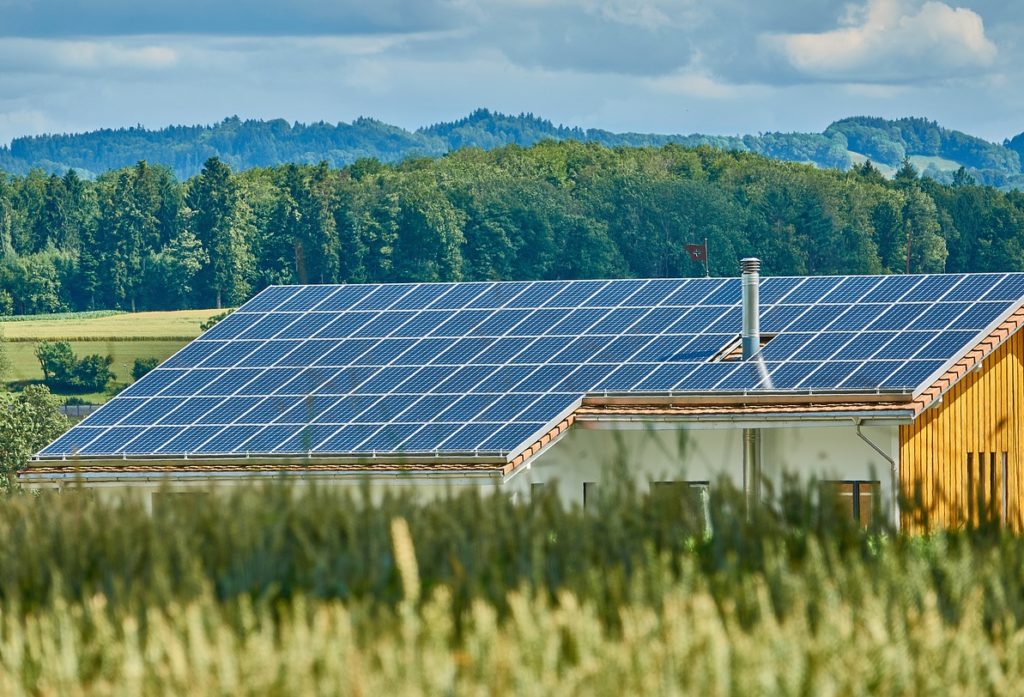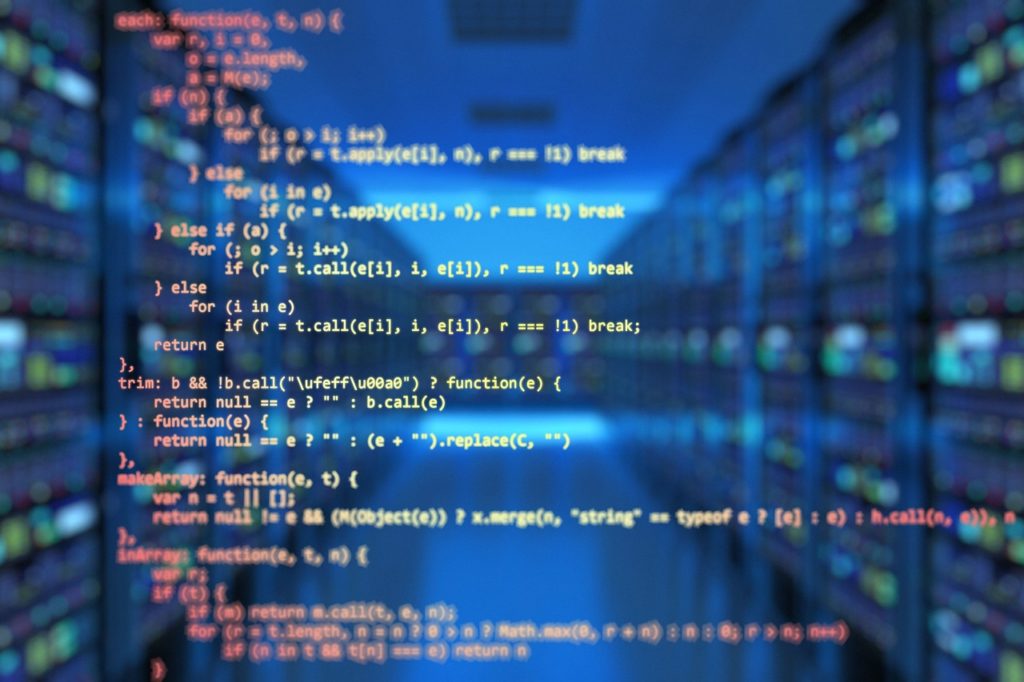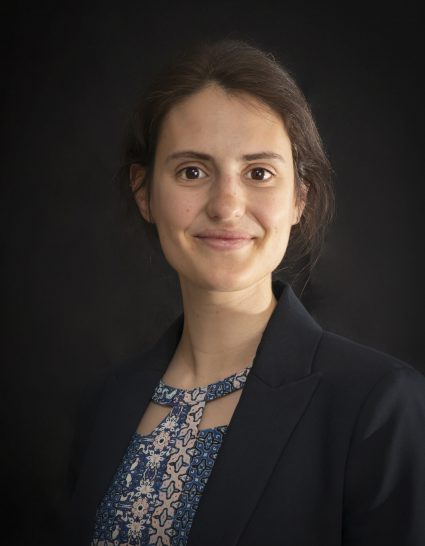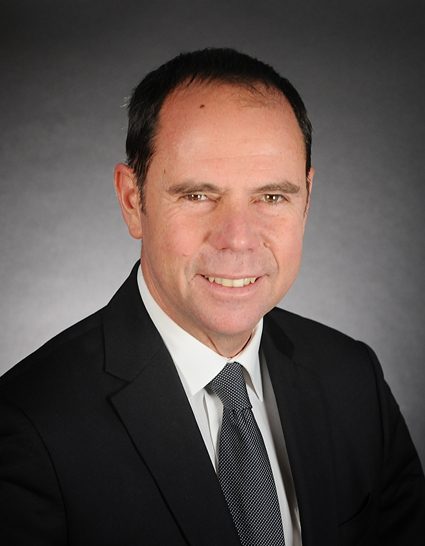We are a group of professionals dedicated to the energy of the future and its role in the transformation towards a more efficient world, where we are all part of the solution. It is exactly in the current context of technological transition and environmental commitment that our role is key: we accompany and support companies through three fundamental pillars:
We offer a rigorous project support methodology to guarantee the quality of information, analysis and recommendations. We believe each project is unique and it is a new opportunity to challenge us and bring tailor-made solutions to our clients.
Energy decarbonisation
Assessing the value of increasing photovoltaic capacity on warehouses rooftops
Case study : SELF C

Context
• Renewable energy generation
• Rooftop solar panel
Challenge
•Supply alternatives for the short & long term
•Market Monitoring
Keys of Success
•CO2 emissions avoided
•Energy savings
For companies in the E-commerce, retail, and web hosting sectors, prioritizing sustainability and responsible consumption is crucial. In response to high energy consumption and substantial capacity, a strategic plan has been implemented to improve practices that help with future results. This involves the installation of renewable energy rooftop solar panels on warehouses for self-consumption demonstrating a commitment of the company operations’ purposes and savings.
We explored a range of strategies towards lowering electricity costs, in line with the country’s commitment to energy decarbonization. These initiatives contribute to Germany’s overarching target of achieving 100% renewable energy generation by 2050.
In parallel to self-consumption, there is an interest in assessing the value of a potential increase of the capacity installed and, thus, the possibility of exporting the surplus.
In this context, Haya Energy Solution plays a vital role in facilitating this evaluation, analysing the results and providing recommendations. The project aimed to achieve the following objectives:
To understand the different ways in which this decarbonised energy surplus can be commercialized.
To assess the profitability derived from increasing the photovoltaic installed capacity, its estimation in gross value and the potential market exposure.
To understand the authorisation process for connection and commercialisation of solar energy from an administrative and contractual point of view.
Our unique methodology focuses on personal support and the use of proprietary models. This combination has resulted in understanding the different ways in which the energy surplus can be marketed and in obtaining the net value of the surplus energy production injected into the grid that cannot be self-consumed. Finally, our holistic view: market, regulation and administrative knowledge has allowed us to analyse the authorisation processes required to connect and market the energy, as well as their red flags and limitations.

Energy management
Energy crisis: Defining a power purchasing strategy for a telecommunication consumer
Case study : Action 3

Context
•Electricity purchasing strategy
•Analysis of additional sources of value
Challenges
•Supply alternatives for the shorts & long term
•Market Monitoring
Keys of Success
•CO2 emission avoided
•Energy savings
The 2021-2022 worldwide triple crisis (Russian invasion, unavailability of the French nuclear fleet and hydroelectricity shortages) led to a historical increase in energy prices never seen before. In this context, the energy suppliers no longer set a fixed price contract, as a result, energy consumers who had to renew their contracts had to face a tense situation.
In response to high energy prices, a strategic plan has been implemented to improve energy ressources management and contribute to future results. This involves monitoring the energy consumption, as a result, rising awarnes of its use. We analysed the potential opportunities to take action in the reduction of the energy consumption in line with the envrionmental policy: clean and affordable energy.
In this context, Haya Energy Solution plays a vital role in defining an electricity procurement strategy to try to mitigate the impact of high energy prices on the budget and develop the implementation of renewabe energy sources (PVs and batteries). The project aimed to achieve the following objectives:
To evaluate and advise on market offers for energy contracts and definning a short and long hedging policy.
To monitor the market and regulatory activities
To analyse the use of PV and batteries as sustainable alternative sources of value.
Our holistic view: market, regulation and administrative knowledge has allowed us to define a hedging policy and its stop-loss and stop-gain limits based on the client’s risk appetite and financial ratios. Our unique methodology focuses on personal support and the use of proprietary models. The management model of energy resources identified renewable energy sources as additionnal sources of value as well as the investment required to deploy them.

Energy savings
Optimizing the energy consumption through an identification of the improvements as sources of added value.
Case study : Lead

Context
•Energy cosumption analysis
•Analysis of additional sources of value
Challenges
•Identification of improvments
•Enviromental impact assesment
Keys of Success
•CO2 emissions avoided
•Energy savings
The client, a heavy consumer of energy, sought to optimize their energy usage, improve their energy efficiency, reduce costs and align with sustainable objectives of their sector. A task never previously undertaken.
To address this challenge, the company engaged Haya Energy Solutions for developing an analysis, defining a strategic plan and recommndations.
The project aimed to achieve the following objectives:
To identify areas for improvement and propose actionable solutions to enhance energy efficiency and optimize usage.
To assess the profitability and feasibility of these improvements.
To provide recommendations for implementing a strategic plan, considering both the potential benefits and risks involved.
Our unique methodology focuses on personal support and the use of proprietary models. The analysis performed included a tecnical, financial and comercial modelling to identify the strategic plan. Our holistic view: market, regulation and administrative knowledge has enabled us to assess the potential benefits of developing improvements: capturing the highest possible value while reducing risk and encouraging cost savings.





